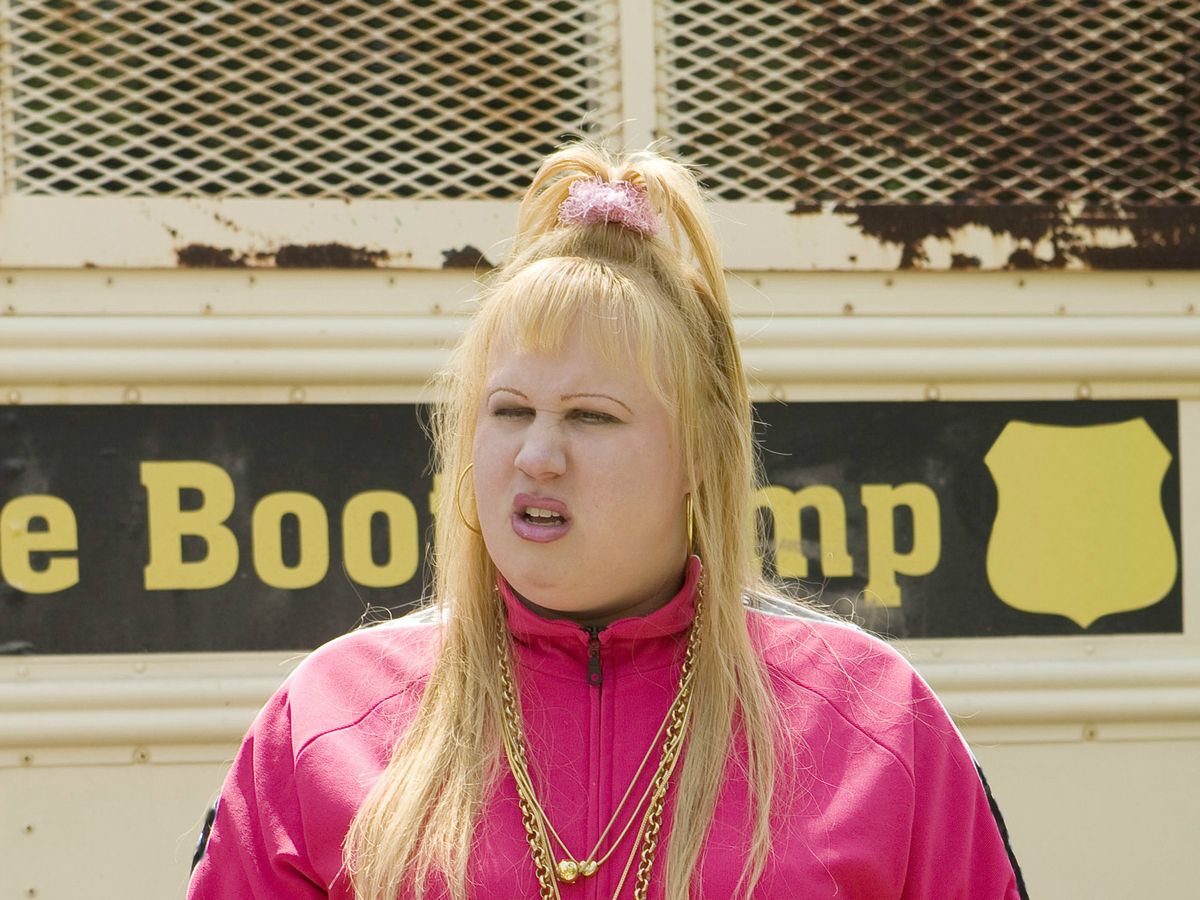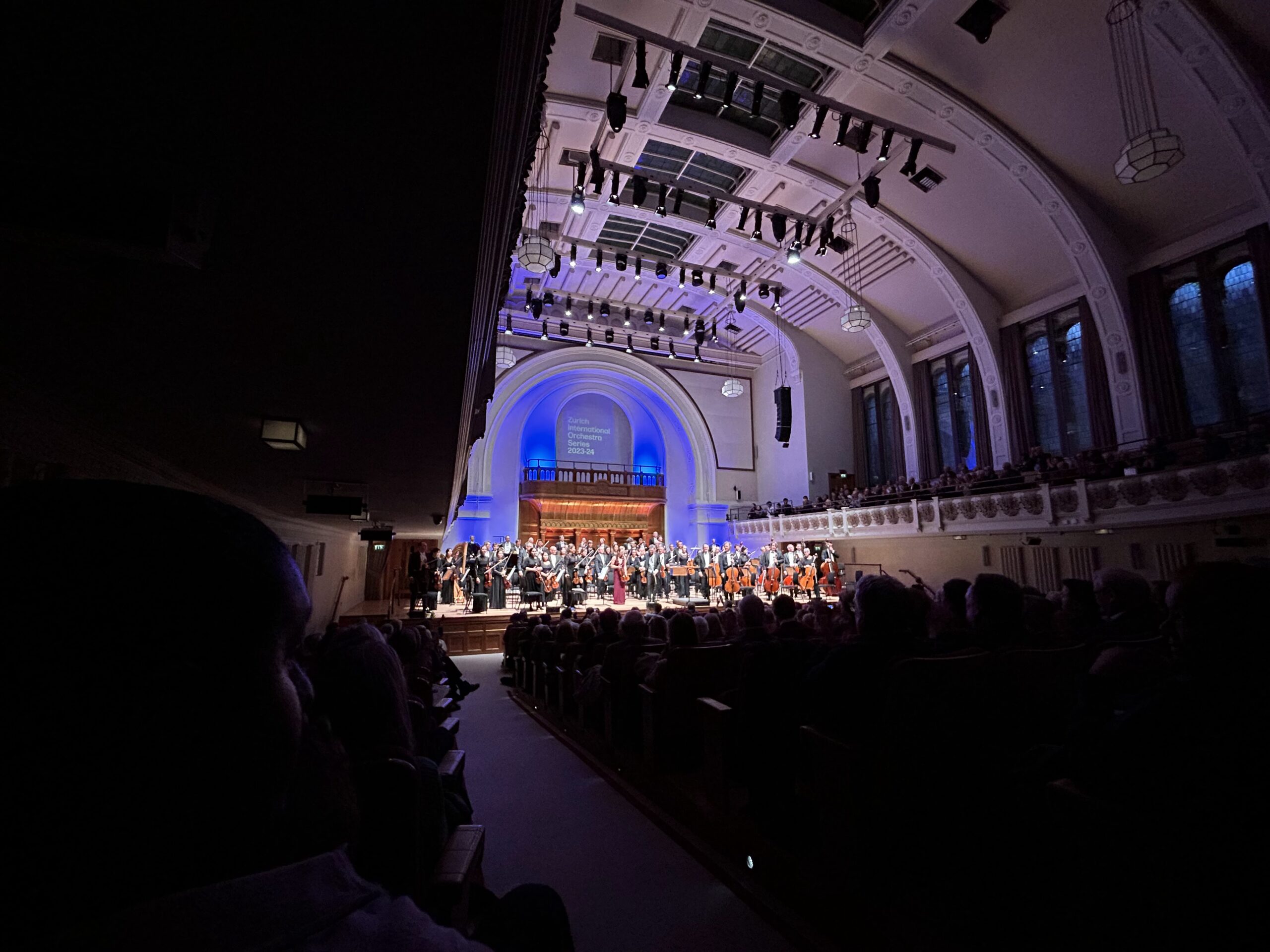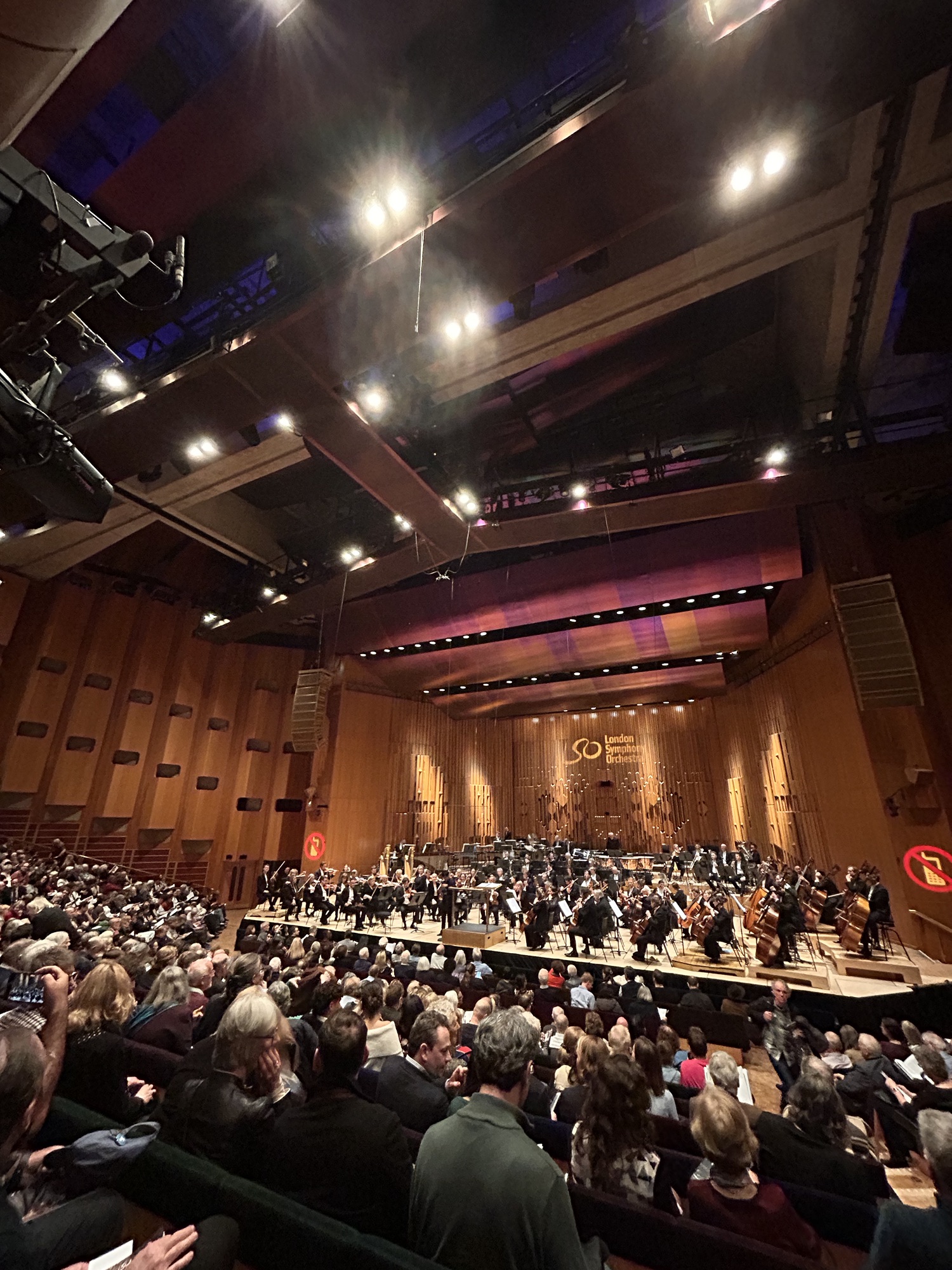Earlier this week I cycled over to nearby Syndenham to collect the Ray Bans I left at my friend Vicky’s following a haircut.
During my revisit I exchanged with a pal who was staying with Vicky whose words about how concert venues like theatre would adjust in response to social distancing had caused me some consternation. I explained about the challenge classical music and opera venues face as articluated by Guardian journo and Thoroughly Good Podcastee Charlotte Higgins.
What my exchange with Adrian last weekend reminded me of was that there are aspects of our respective worlds and systems we don’t instinctively understand. What commands the focus of his attention isn’t the same as what commands mine.
Later in the week I posed a question on Facebook about whether having COVID19 antibodies I could or could not be contagious. Most respondents commented on whether or not antibodies meant one was immune from the ill-effects of the virus. No-one was able to articulate or respond to the specific question I was asking; many seemed confused on what the dividend having antibodies actually was. To be clear: I don’t have any COVID19 antibodies.
We are living through a period of confusion and misinformation. Few of us are singing from the same hymn sheet. Not only that, there are insufficient copies of the hymn sheet.
Admidst this I’m reminded of the pull of the writing, especially during what for me is the perfect diary-inducing period: the Proms.
Not everyone is in agreement. Contacts in my circle see plundering the Proms broadcast archive as evidence of a lack of innovative thinking. That’s a shame because I’ve reveled in unexpected musical excursions. Such broadcasts have been re-affirming. A sort of anchor.
Mariss Jansons conducting the Bavarian Radio Symphony Orchestra Dvorak 8 (2004) was a particular highpoint this week. Muscular, thorough, detailed. Warm sonorous strings. Taut brass. Evocative storytelling.
Rigorous detail too. Listen to the second subject in the second movement, in particular to cascading bit in the upper strings – locked on to the beat but pushing the edges of musical hesitation. I listen to that detail repeated in the woodwind equivalent when the same material comes back before the end of the movement and wonder how on earth a conductor communicates the vision and ensures a consistent realisation of it.
Similarly the rip-roaring final movement complete with horn cues sounding like elephants running riot in amongst the band. And the cheer from the crowd after the final chord too. Such performances from both performers and the audience bring a tear to the eye.
Such moments – this one from 16 years ago – give me a second chance at hearing something special for the first time. I don’t remember attending the concert nor listening to it on the radio. I listen to it now and think how utterly amazing it is. I’ve listened to it six times in the past three days. That kind of listening experience doesn’t present itself that often.
And listening to it back for a seventh time as I write it feels like we’re clinging on to classical, celebrating the thing we hold dear, holding on tight in a storm. They are broadcast moments – so far – that remind me of the only thing which appears to make sense to me right now: someone’s musical intent articulated by a team of musicians who themselves create a spectacle that moves not only me but a whole crowd of other people I don’t know.



